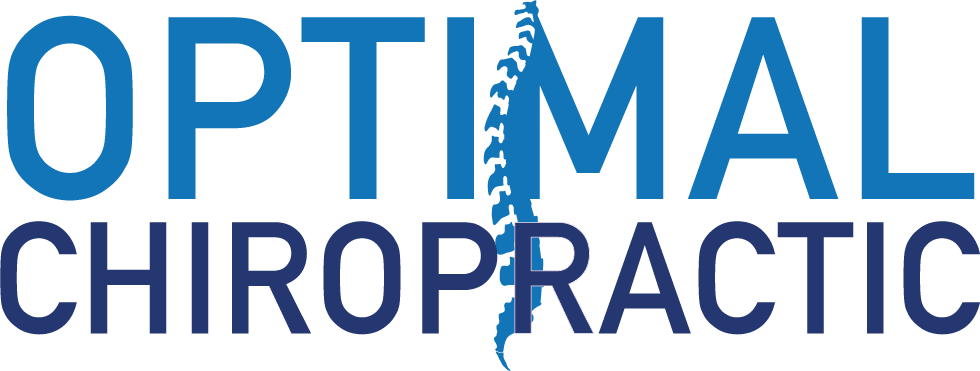Standing upright on two legs versus four is inefficient. Nevertheless, millions of years of adaptation have put us as humans on two feet, and we have become extreme advocates for intense physical activity on our limbs. Although we are very good at being pain-free upright; our gait cycle has a way of causing low back injuries when biomechanical problems, muscle imbalances, and neuromuscular issues occur in our bodies. So many times we start physical activity without making sure our bodies are ready for intense physical activity first. Pushing past what your muscles, tendons, joints, and bones are ready for is always going to cause one thing. Pain. How many people do you know entered a 5k, 10k, marathon; within a week of training you would think that they are dying of the absurd low back pain they are feeling form their workouts? I see it all the time. So let me lay out the ley factors that attribute to low back pain in the aspiring runner.
1. Your hamstrings are too tight! Tight hamstrings can be the causation for running disaster (especially if your quadriceps are not as strong and therefore not effectively counter pulling back; which is very common) due to the tension they place on the sacrum and pelvis blocking the shock absorption capabilities of these joints. Runners tend to continually increase hamstring tightness due to the mechanism of sport. With every run, you are increasing hamstring strength and tightness; which is all great and wonderful if you are countering this tension with chiropractic adjustments to restore lost motion in the pelvis, stretches to lengthen the hamstrings, and exercises to strengthen the quads (think squats, lunges, leg presses).
2. Your hip flexors are terrible! Hey, no need to feel down about this. I would say this is the case in about 90% of the patients I see daily; as well as myself! However, it’s also the most common cause of low back pain in the runner. Think about your butt muscles: Gluteus maximus, medius, and minimus. Most all of us only target the glute max when we train, which is completely logical because it’s a HUGE muscle! But hey! In the case of the runner, the little guys need some credit too! Medius and minimus hold your lumbar spine upright (they are responsible for motions like abduction of the lower extremities); therefore, if these are weak then you are left with nothing but a lumbar spine flopping laterally in the wind. This is even more evident if your core is weak! So what is the risk when the lumbar spine flexes side to side? Besides pain and discomfort, you have to start worrying about bulged and herniated discs occurring.
3. Your IT Bands could use some work. Have you ever massaged the sides or your legs and thought, “Dang! That really hurts!”? This is a problem with all athletes alike. Those taut bands on the side of your legs that seem to have more trigger points than infinity are slowing you up. Why do they hurt so bad? Well, the IT bands hold all the tension for every force placed on the legs; therefore, you tight tendinous bands that are full of trigger points, deep adhesions, and inflammation in the fascia. What can you do? Ask you chiropractor to perform myofascial release, graston soft tissue therapy, trigger point therapy, or Active release technique on these tissues. Is it going to hurt? Yes. But will it help? Definitely!
For more exercises, stretches, and advice on how to alleviate pain, increase strength & flexibility, and improve your performance for running or any other type of activity, schedule an appointment today at Optimal Chiropractic. Dr. Ashley has been a long time athlete with extensive knowledge in treating the active population. Call today at (219) 661-8680 or log on to www.crownpointchiro.com and request your sports consultation.

